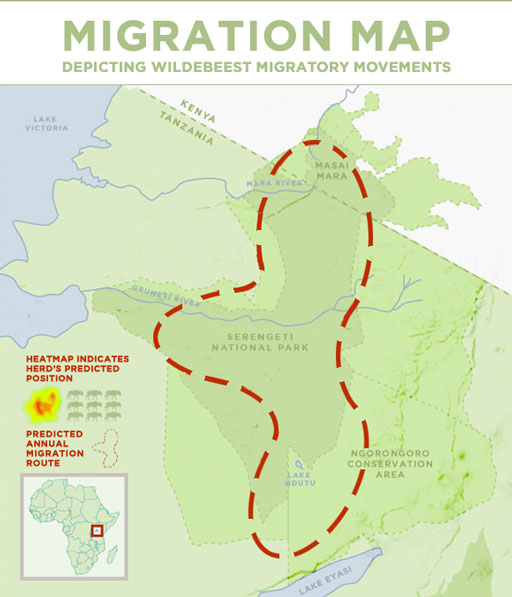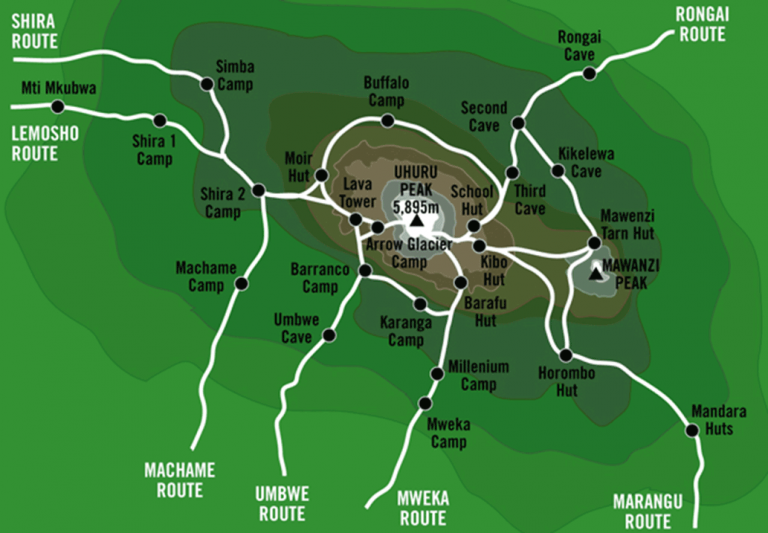What to put on your Tanzania safari list
Planning a safari can seem confusing, especially when it’s your first time. You don’t know what to pack and how much you should pack. The first thing you should remember is to pack light. Below are things you should remember to pack on your next safari to Africa.
-
Head torch
You will spend some of your nights in exclusive camps and lodges deep in the African bush. Some of these accommodations rely on generators and solar panels for their energy needs. It’s always great to have a personal torch – African nights are dark.
-
A good book
Safari in East Africa, especially Kenya and Tanzania involves moving from one national park to another. A good book is a welcome relaxation between the adventures.
-
Footwear
Remember your feet. The most comfortable shoes while sitting long periods in the vehicle and in the camp are flip flops or trainers or sandals. If you will be doing a walking safari, comfortable footwear is gym shoes and hiking boots.
-
Camera
Safaris are meant to be remembered. Pack your camera to capture the moments. Remember to pack as many batteries and memory cards than you think you will need, everyone always takes many more photos than they think they will.
-
Wind jacket/raincoat
Although East Africa is known for its warm climate, there are cold periods, especially in the morning and evening and during the cold season. Pack warm clothing for the cold mornings and evenings especially if you are visiting Ngorongoro Crater.
-
Sweater/fleece jacket
What is a safari without sitting around a campfire in the evening sharing stories? Pack a sweater/fleece jacket for those chilly nights around the campfire and a lightweight fleece for early mornings especially in the Ngorongoro Crater.
-
Comfortable safari clothes
Lightweight long trousers and long sleeve tops for early mornings/evenings and Shorts/T-shirts/skirts for the rest of the day. Avoid white because of the dust from the savannah. Also, avoid dark colors especially dark blues; biting insects seem to like these more than other colors.
-
Binoculars
Sometimes animals are far away from your location. Make sure to not miss a thing.
-
Sunscreen, sun hat & sunglasses, sun cream
The African sun is strong. Remember to take care of your skin.
-
Insect repellent and Antihistamine
Tsetse flies are present in Tarangire National Park and also in the Western Serengeti and some parts of the Northern Serengeti. The plains of the Southern and Eastern Serengeti, Ngorongoro Crater and southern Central Serengeti are tsetse free.
Tsetse fly bites are painful, and there are no effective insect repellents. When driving through tsetse-infested areas, close your windows and cover up wearing long sleeves and pants and avoid wearing dark blue or black as those colors seem to attract tsetse flies. Some people have allergic reactions to tsetse fly bites, and the bite area may become itchy and swell. Benadryl will help with the swelling and irritation.
The common fly will also be present on safari. They are harmless and do not bite and are more of an annoyance than anything else. If you notice a lot of flies around, it probably means the migration is nearby.
The mosquitoes which carry malaria are active in the evening, and we highly recommend you take precautionary measure even if you are taking anti-malaria medication by covering up well after sunset with long sleeves, pants, and sock and using mosquito repellent which contains Deet
-
A solid, soft bag
Pack your belongings in soft bags, and avoid hard suitcases. This makes it easier to stack in safari jeeps and small airplanes. Also pack a smaller bag in which to carry your cameras, a fleece, and personal effects, this you will keep with you in the vehicle.
Remember max. 15kg limit for domestic flights.
-
Reusable water bottle
It is very important to stay hydrated while on safari. To minimize the use of plastic bottles and protect the environment, use a reusable water bottle.
What are some other items to pack?
-
Passport
-
Plane tickets
-
Travel Insurance Policy & Emergency Contact Numbers
-
Yellow Fever Vaccination Certificate (if applicable)
-
Safari itinerary
-
U.S. dollars in large and small denominations ($20, $50 & $100 bills should be issued after 2005)
-
Credit cards and ATM bank cards
-
Sunglasses
-
Sunscreen and lip balm
-
Small flashlight or headlamp
-
Insect/Mosquito repellent
-
Eye drops and extra contact lenses or spare glasses (if applicable)
-
Anti-bacterial hand sanitizer
-
Tissue paper and small travel towel (washrooms in Tanzania often don’t have toilet paper or paper towels)
-
Camera, extra memory cards, batteries, and charger, if applicable
-
UK plug adapter and transformer/voltage converter, if applicable
-
Ziplock bags for toiletries, camera equipment, snacks, etc.
-
Personal toiletries
-
Small first aid medical kit including Tylenol or ibuprofen, antimalarial pills, cold and allergy medicine, itch medication, band-aids, stomach ache remedy, antibiotic cream, diarrhea medicine, prescription antibiotic for travelers diarrhea (Ciprofloxacin) and any prescription medications.
We strongly recommend that you carry-on all important items such as prescription medication, camera equipment, essential toiletries (please keep in mind many airlines have liquid restrictions) and one or two changes of clothes in case of checked luggage delays or loss.









